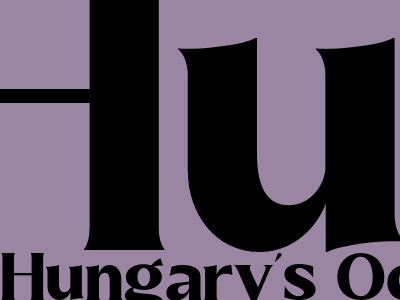
Hungary’s October inflation delivers positive surprise
Inflation slows to 21.1%, below forecasts and September’s 22.5%
Hungary saw its inflation rate drop to 21.1% in October, exceeding market expectations and marking the first significant decline in over a year. Economists had forecast a more modest decrease to 21.5%, while September's inflation rate stood at 22.5%.
Food prices remain elevated
Despite the overall decline, food prices persisted as a major inflation driver, rising by 40.2% year-on-year. Energy costs, on the other hand, moderated marginally, contributing to the overall inflation slowdown.
Underlying inflation remains high
While the headline inflation rate has eased, underlying inflation, excluding volatile food and energy prices, remains elevated at 17.1%, indicating persistent inflationary pressures in the economy.
Central bank maintains hawkish stance
The Hungarian central bank (MNB) has maintained its hawkish stance, raising interest rates by 185 basis points since June to 13%, the highest level in the European Union. The MNB has signaled its commitment to bringing inflation back to its target of 3% over the medium term.
Risks to inflation outlook
The inflation outlook remains uncertain, with risks tilted to the upside. The war in Ukraine continues to weigh on energy and food prices, while the global economic slowdown could lead to weaker demand and lower inflation pressures.
Conclusion
Hungary's October inflation data brings a glimmer of hope amidst the ongoing inflationary challenges. The decline in the headline inflation rate is a positive sign, but underlying inflationary pressures remain elevated, warranting continued vigilance from the central bank. The ongoing war in Ukraine and global economic uncertainty add further complexity to the inflation outlook, making it essential for policymakers to remain agile and responsive to evolving economic conditions.